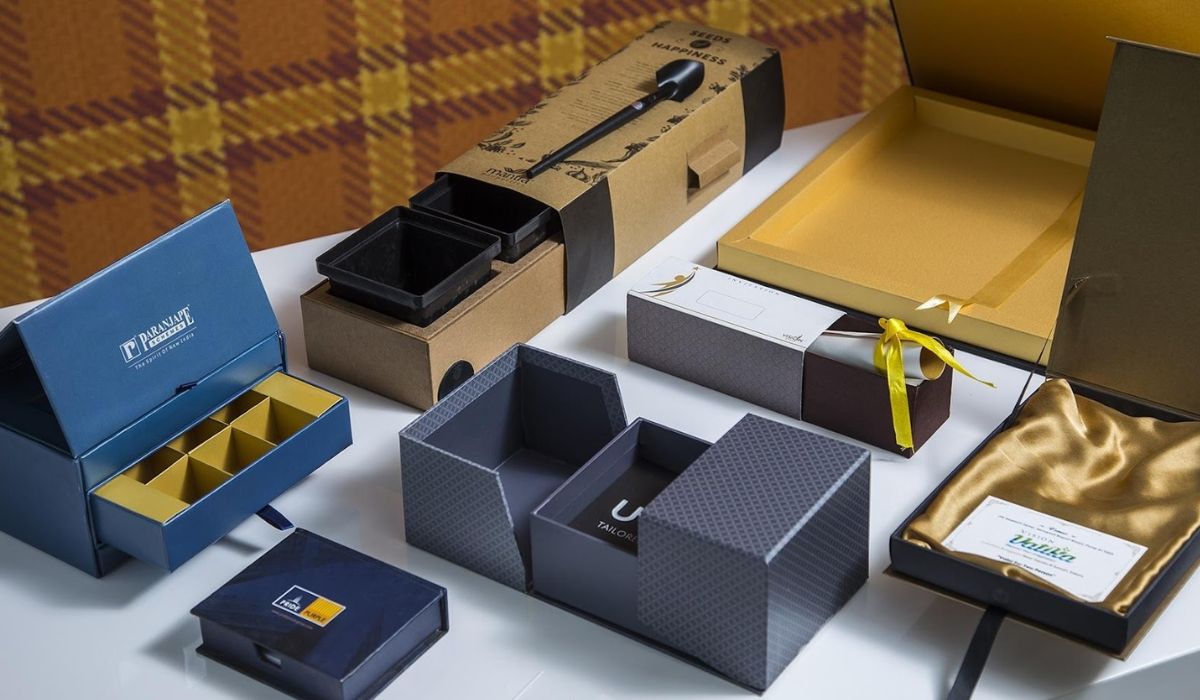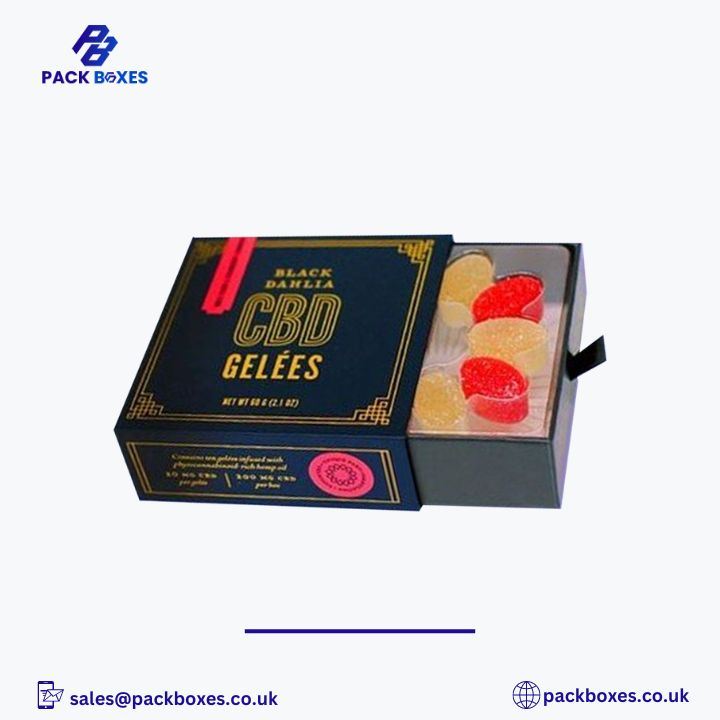How Packaging is Evolving to Meet Consumer Demands with Focusing on Changing Trends to Save the Future
Sustainability mandates aren’t just a hurdle – they’re fueling the biggest packaging innovations in decades! To envision how this plays out, it’s essential to examine where we’ve been and where we stand today. This journey reveals both successes and areas for improvement. Understanding current trends helps reliable, forward-thinking packaging suppliers anticipate the industry’s direction and shape the solutions of tomorrow.
Major Packaging Trends that Will Shape the Future to 2028
Here are key tendencies and areas where the future of packaging is heading:
Research by Smithers predicts major growth in the global packaging market. Their report forecasts a 3% annual increase, reaching over $1.2 trillion by 2028. This growth is fueled by urbanization and changing lifestyles in developing markets. Consumers want more packaged goods. E-commerce drives this trend even faster worldwide.
How Demographics and E-commerce are Fueling Growth
Global economies are growing, especially in emerging markets. Short-term disruptions are possible, but overall, incomes should rise. This means more spending on packaged goods. China and India are booming – more people, more cities, more demand for modern stores and global brands.
Developed markets face an aging population. This means healthcare packaging needs will increase. Designs must be easy for older consumers to open. At the same time, more people live alone. They need smaller portions, resealable packages, and convenient food options.
E-commerce and the Greening of Packaging
E-commerce changed everything for packaging. Giants like Amazon lead the charge, fueled by the pandemic’s impact on how we shop. They know this shift is here to stay. They’re studying how we buy and how to deliver goods with less waste and more sustainability.
But even with e-commerce, the package still matters! It needs to protect the product and make unboxing memorable. Brands need that connection with the customer, even when the sale happens online.
Packing a Punch for the Planet
Sustainability stands as the defining trend shaping the packaging landscape. This focus will only intensify as consumers demonstrate a willingness to invest in eco-conscious packaging solutions. Industry leaders like Amazon are setting rigorous sustainability standards, further driving this shift.
Looking ahead, packaging suppliers will prioritize minimizing waste, maximizing recycled content, and creating solutions that reduce their carbon footprint throughout the entire production and shipping process. We’ll see a surge in innovative packaging derived from natural starches, vegetable-based, and even edible or dissolvable materials. The laundry and dishwashing detergent sectors offer a glimpse into this trend. Both consumers and major companies will increasingly favor truly sustainable options, prioritizing material origins and responsible sourcing.
Waste Not, Want Not: Sustainable Packaging that Protects Our Planet and Your Products
The packaging industry is changing. Environmental concerns drive this shift, fueled by regulations, consumer choices, and brand values. The EU is a leader, pushing for a circular economy with less plastic waste. They focus on alternatives, better recycling, and bio-based plastics.
Consumers care! They choose brands that show commitment to the environment. This demand sparks innovation in sustainable packaging.
Food waste is another big issue. Modern packaging, like high-barrier pouches that can keep food fresh for a longer time. This is vital in areas where refrigeration is limited. The research seeks even better barrier technology and drive to possibly use nano-engineering to fight waste.
Smart packaging also cuts food waste. It tracks safety throughout the supply chain. This data gives retailers and consumers confidence, preventing unnecessary waste.
Packaging Designs that are Shaping Tomorrow
When it comes to the future of packaging, where cost-effectiveness, sustainability, and practicality all meet, design plays a crucial role in developing the packaging industry. In the future, we will see the emergence of novel shapes and sizes, which will maximize the exploitation of space for storage, shipping, and ideal portion management. The expansion of e-commerce drives a need for smaller serving sizes, which allows businesses to better serve individual customers and increase the shelf life of their products. The design of the packaging will prioritize user-friendliness by include features that make it easy to open, which will simplify the unboxing process.
The owners of brands will turn to RFID labels and smart tags, which will be integrated into the designs of packaging in a seamless manner, in order to combat counterfeiting. The most important thing will be to maximize the use of space, with a particular emphasis on corners and squares to maximize storage. Packaging, the display of usage information, the reinforcement of brand identity, and even the surveillance of consumer behavior will all be revolutionized by printed electronics.
Personalization
Individualization will play a significant role in the packaging industry of the future. Consider the possibility of having your own name printed on a product, similar to the famous Coca-Cola advertising campaign. The level of personalization that is being offered will strengthen the relationship that exists between consumers and brands. Personalization has the ability to promote brand loyalty because it places an emphasis on the individual and the specific preferences that distinguish them from other people. The consumer’s sense of ownership and exclusivity may be tapped into through the use of personalized packaging, which eventually leads to more engagement and higher sales.
Manufacturing and Delivery
When it comes to the future of packaging, speed and innovative delivery methods will be the most important factors. As the landscape of our logistics industry is reshaped by driverless vehicles and drones, smart warehouses will emerge. These warehouses will be deliberately positioned closer to customers in order to provide lightning-fast delivery. It is anticipated that the adoption of these technologies will be driven by concerns regarding safety, efficiency, reduced environmental impact, and optimum transit times.
There will also be changes in manufacturing, with 3D printing bringing about changes in the design of packaging. You can anticipate solutions that are captivating and that increase brand recognition. The use of robotics will make warehouses and distribution centers more efficient, which will allow for just-in-time delivery to satisfy the demand of customers for products that are manufactured to order.
Packaging that Adapts to Changing Consumer Needs
The rise of e-commerce continues to disrupt traditional retail models. As more consumers shop online, the demand for packaging designed for complex shipping channels increases. Corrugated board solutions are particularly important for protecting goods during transit.
Busy lifestyles drive a need for convenient, on-the-go packaging formats. Flexible plastics are well-suited for portable food, beverages, and pharmaceuticals. This trend, combined with the growth of single-person households, fuels growth in the convenience store sector. Consumers, especially younger generations, shop more frequently and purchase smaller quantities of groceries, increasing demand for smaller, convenient packaging sizes.
A growing focus on health and wellness impacts the packaged goods market. Consumers seek out healthy foods and beverages (e.g., organic, portion-controlled options) as well as non-prescription medicines and supplements. This trend shapes packaging needs and creates opportunities for brands to communicate the health benefits of their products.
How Packaging Secures Brand Reputation
Global expansion remains a key strategy for many fast-moving consumer goods brands. They seek growth in emerging markets where urbanization and Westernized lifestyles are increasing demand for packaged goods. E-commerce and global trade also drive a need for anti-counterfeiting technologies like RFID labels and smart tags, allowing brands to better track their products and protect their reputations.
Mergers and acquisitions continue to reshape industries like food, beverages, and cosmetics. This consolidation often leads to streamlined packaging strategies as multiple brands come under the control of a single parent company.
Today’s consumers are less brand loyal than previous generations. This creates a demand for customized and impactful packaging solutions. Digital printing technologies (inkjet and toner) are revolutionizing the industry while enabling shorter print runs, personalization, and even integration with social media campaigns. This trend speaks to the changing role of packaging as a key component of brand storytelling and consumer engagement.
The Future Awaits
The most effective packaging takes a step back to look forward. The innovators of today are able to learn from their failures. They prioritize meeting the requirements of their customers while also preserving the environment. To be successful, you need to find solutions that are effective for people and reduce waste.
As for what you can anticipate:
The Crucial Role of Sustainability Reducing waste, using recycled materials, and ensuring that packaging can be reused or composted will be the primary focuses of the design process.
- Customers Come First: The packaging will be easier to understand, more handy, and more personalized. Be prepared for an improved experience in general.
- The Rules of Technology: Prepare yourselves for the arrival of intelligent packaging! Freshness will be monitored, it will be compatible with internet shopping, and it will combat the sale of counterfeit goods.
People who will lead in the future will welcome change. Customers will be delighted, they will prioritize sustainability, and they will make use of the most recent technologies in order to influence the future of packaging.










